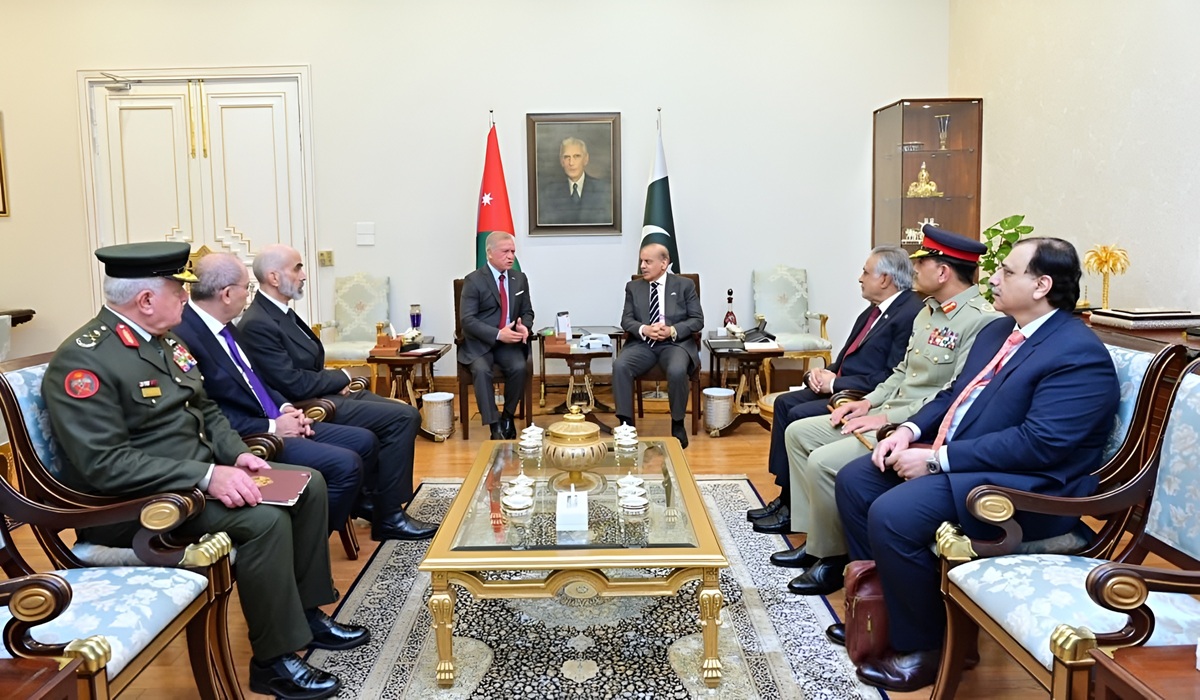Grounded by Politics: What’s Truly Delaying EU and FAA Certification of COMAC’s Airliners
- TDS News
- Asia
- China
- Travel
- Trending News
- November 20, 2025

By: Donovan Martin Sr, Editor in Chief
There is a quiet but unmistakable shift happening in global aviation, and the debate around China’s new commercial jets—the C919 and its regional sibling—sits at the center of it. These aircraft are no longer theoretical projects or state-sponsored science experiments. They are flying real passengers, on real routes, for real airlines across Asia and parts of the Middle East. That alone doesn’t make them world-beaters, but it does signal something that matters far more: a new competitor has finally entered a space that was closed for half a century.
And yet the planes remain locked out of the most valuable markets on Earth. Not because of outright safety concerns, nor because they lack performance capability, but because they still have not received certification from Western regulators.
On its face, that sounds like a procedural delay.
In reality, it reveals the economic and geopolitical stakes of a global industry that generates trillions of dollars, anchors national manufacturing strategies, and serves as a bellwether of influence.
Certification has quietly become one of the most powerful political tools in modern commerce.
To understand why, you need to understand aviation economics—not the glamorous version with polished ads and futuristic airports, but the brutal numbers that govern how airlines survive, how manufacturers scale, and how governments leverage industrial power.
A single-aisle aircraft like the C919 competes directly with the Boeing 737 MAX and the Airbus A320neo—the bread-and-butter jets that handle the vast majority of the world’s flights. This segment represents hundreds of billions of dollars every decade. Whoever dominates the single-aisle market shapes global aviation.
Right now, Airbus is stretching itself to meet unprecedented demand. Its order book is so packed that airlines signing deals today often wait five to seven years before seeing a single plane. Boeing, on the other hand, is struggling to stabilize its production lines, rebuild trust, and resolve one crisis after another. In a world where demand for air travel is exploding—and where the Western incumbents cannot meet that demand—the logical expectation would be for market share to rebalance.
But the modern aviation market is not governed by pure economics.
It is shaped by who controls the regulatory bottleneck.
Without FAA and EASA certification, even if an aircraft is safe, proven, efficient, and desirable, it cannot enter Western markets, and many non-Western regulators will hesitate to approve it. That creates a paradox: the two companies that are struggling most to meet global demand are protected by the very system they built.
This is where the Chinese aircraft become more than engineering projects—they turn into instruments of economic change.
China has poured enormous resources into building a domestic aviation industry capable of standing on its own. It has structured massive state orders, mobilized thousands of engineers, upgraded entire industrial zones, and created a pipeline of suppliers designed to support long-term scale. Whether one admires or criticizes Beijing’s industrial strategy, the result is undeniable: China is building the type of aviation ecosystem that took Boeing and Airbus decades to develop.
But here is the key economic insight: China doesn’t need to dominate the Western market to reshape global aviation. It simply needs to supply enough aircraft to meet the demand the West cannot fulfill.
That demand is enormous.
Carrier after carrier, especially in Asia and the Middle East, has issued public statements lamenting delays from the established manufacturers. Airlines in India, Indonesia, Saudi Arabia, Vietnam, Malaysia, Turkey, and Africa are trying to expand fleets but can’t secure delivery slots. Some are waiting until the 2030s. In an industry where fleet decisions determine national connectivity and economic potential, waiting a decade is not a viable option.
And this is where China’s aircraft become economically potent.
Even modest production growth can tilt the global balance. If China eventually produces 150 to 200 aircraft a year—still well below the output of Airbus, but significant enough to absorb unmet demand—it would siphon billions of dollars out of the established order. Airlines that previously had no choice but to wait for Western manufacturers would have leverage for the first time in years. That leverage affects pricing, financing, and access to airport slots. It affects maintenance contracts, leasing markets, and global fleet distributions. It affects everything.
The mere existence of a credible third option changes the economics of aviation before a single aircraft leaves the factory.
But the situation grows even more complicated when you examine supply chains.
Aviation is deeply intertwined with global manufacturing. A modern jet contains hundreds of thousands of components sourced from dozens of countries. Boeing and Airbus rely heavily on global suppliers, including some in China. China’s new aircraft, ironically, rely on key Western components—engines, avionics, systems—that are vulnerable to export controls.
This creates a strange, fragile interdependence.
The West delays certification, slowing China’s advance. China could retaliate by restricting foreign parts or slowing its approval of Western aircraft. Western governments respond with targeted export rules. China accelerates domestic technology substitution. Meanwhile, airlines desperate for capacity sit in the middle, caught between geopolitics and operational reality.
This dynamic mirrors what we’ve seen in microchips, electric vehicles, and telecommunications: global supply chains drifting toward fragmentation. Aviation, which historically relied on international cooperation and shared standards, is beginning to feel that same gravitational pull.
What happens if global certification standards split into separate blocs?
What happens if Western regulators refuse to certify Chinese aircraft indefinitely?
What happens if China responds by tightening entry for Western planes—or by imposing its own certification ecosystem across Africa, Central Asia, the Middle East, and Southeast Asia?
The answers are economically profound.
A divided aviation world means:
• Higher operating costs as airlines navigate mismatched standards.
• Fragmented leasing markets, complicating asset valuation.
• Higher ticket prices, as limited supply keeps fares high.
• Regional monopolies, where certain aircraft dominate specific geographies.
• Reduced resilience, because supply-chain disruptions no longer spread evenly.
These aren’t hypotheticals—they’re the predictable outcomes of the trajectory we’re already on.
But perhaps the most overlooked factor is domestic industrial policy inside China.
China’s three major national airlines have already committed to hundreds of orders. That domestic scale alone provides a steady foundation for the aircraft program, regardless of Western approval. China doesn’t need the West to validate its strategy—it can build momentum regionally. And once those aircraft accumulate enough safe flight hours, the argument against certification becomes harder to maintain.
You can only point to “regulatory caution” for so long before the world sees it for what it is: a political delay designed to protect a duopoly that is no longer delivering at the level global demand requires.
When the day finally comes—and it will—when Western regulators grant approval, even partially, the shift will be sudden and irreversible. Airlines will place orders immediately, not because of politics but because economics always wins in the end.
Aircraft shortages.
Production bottlenecks.
Rising costs.
Growing populations.
Exploding demand for regional travel.
All the forces that shape global aviation point in one direction: the world needs more manufacturers.
Not two.
Three, four, perhaps five.
The world is simply too large, and the market too important, to be held together by a duopoly that can no longer keep up.
This isn’t about China winning.
It’s about the world changing.
It’s about aviation finally reflecting global economic reality instead of Western historical dominance.
China’s new aircraft aren’t the cause of this change—they’re the confirmation of it.
Certification is the last barrier, but barriers eventually break. And when it does, the global aviation map will redraw itself not as a courtesy to China, but because the economics make it inevitable.
If you want an even deeper dive—more numbers, more market forecasts, analysis of engine supply, leasing impacts, or the strategic effects on the Middle East and Africa—I can expand this into a full multi-section op-ed or white-paper style report.








